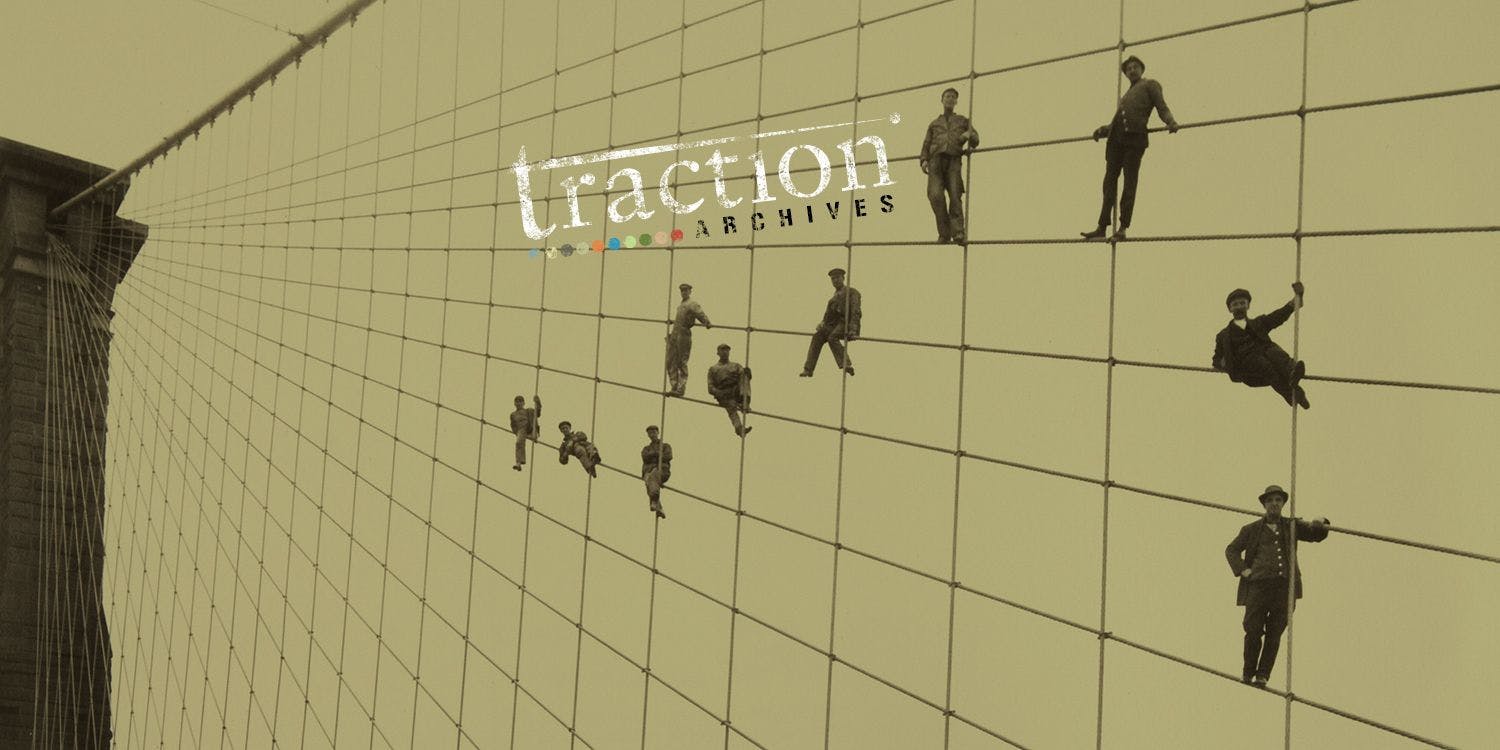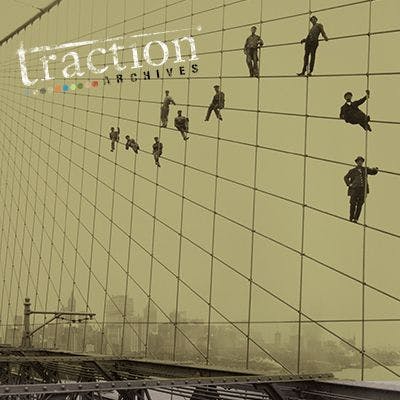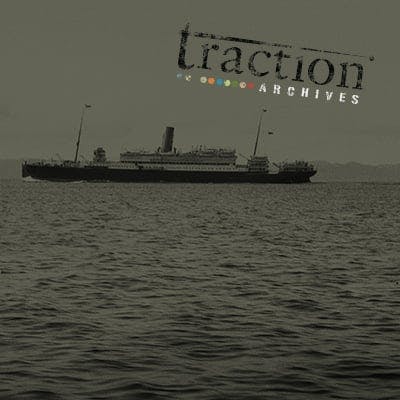Advertising Ghost Signs of San Francisco

By Traction
In the era before mobile devices, computers, and television; advertising was an art form dominated by the printing press and the paint brush. This pre-digital world had a marked physicality to it, with advertisers using printed and hand-painted ads to all but cover the urban environment.
Words by Traction Alumni, Kasey Smith
In the era before mobile devices, computers, and television; advertising was an art form dominated by the printing press and the paint brush. This pre-digital world had a marked physicality to it, with advertisers using printed and hand-painted ads to all but cover the urban environment.
While paper signage is incredibly ephemeral, lead paint and brick walls are fairly durable materials and many hand-painted ads survive to this day. Generally referred to as ghost signs , there's a brilliant simplicity behind how these old signs engage the viewer. Is it the mark of craft? The almost naive simplicity of advertising before the advent of focus-tested artifice? Or are we simply easy prey for their picturesque, old-timey charm? After all, these signs are just product placements carefully designed for maximum impact and visibility. It's hard to get sentimental about modern highway billboards but strip away the aesthetically pleasing patina of age and that's essentially what ghost signs are.
So why this project? Why do I care enough about ghost signs to meticulously map them? Well, walking to and from Traction I see no fewer than ten ghost signs on my daily commute. I've developed a deep attachment to several of these signs -specifically the Zubelda Cigarettes and Patek Ecklon signs - and am fascinated with the story of their continued survival. I think it's worth asking questions about what deserves preservation, what is considered historically important, and what is considered an essential neighborhood feature. Due to the combination of new building construction and weather, ghost signs could be considered critically endangered elements of the urban environment. But does that make them important? Can an advertisement be considered of historic or sentimental significance? Can we detach the business/brand from the aesthetic of the ad or the context in which it's shown? Does that even matter? This line of thought led me to researching both the signs and their attendant buildings and posting the information to either Flickr or my personal blog. Eventually I decided to provide a navigable map to these ghost signs and the San Francisco Ghost Sign Mapping Project - of which this is a portion - was born.
This is obviously a curated map. For an in-progress map of every ghost sign in San Francisco see here . All signs included in this iteration are either A) ads for regional/national brands B) ads for businesses located elsewhere in San Francisco C) ads for businesses that include addresses and/or phone numbers. While the popular definition of a ghost sign is anything over 50 years of age I've relaxed that rule for this particular mapping project.
Click here for the full, interactive version

On the Oscar's tonight, Chris Rock told America that being a voiceover artist was the easiest job in the world.

This week's Ad Age predicts that creative agencies are going to have to learn to move faster. What will be the implications if that's true? How will we adapt?

My wife gave me the Steve Jobs biography for Hanukah. I'm two days in and a hundred pages down. I'm mesmerized by Steve's greatness and accompanying weirdness. He was never ordinary.